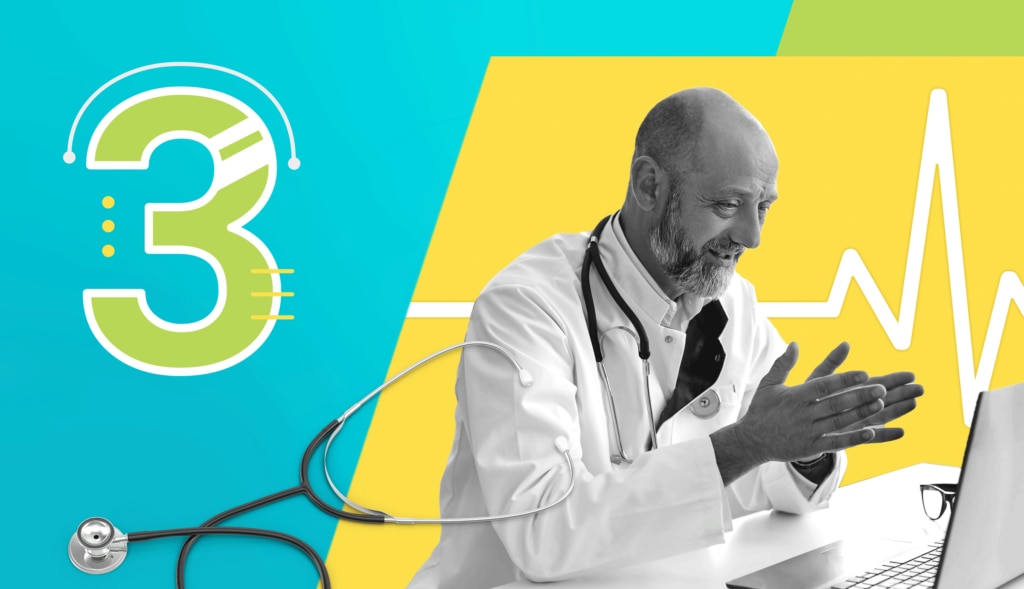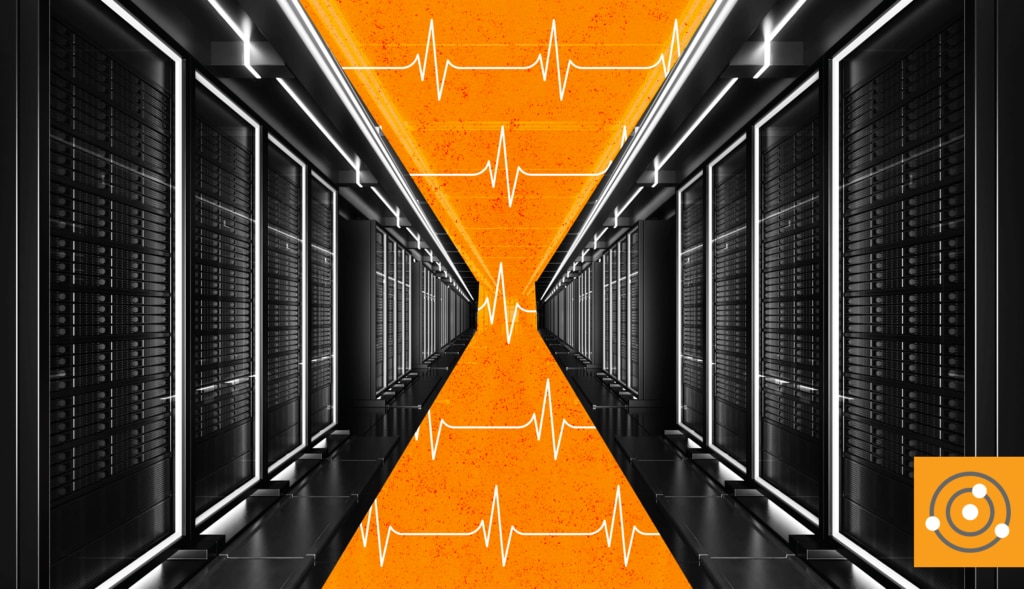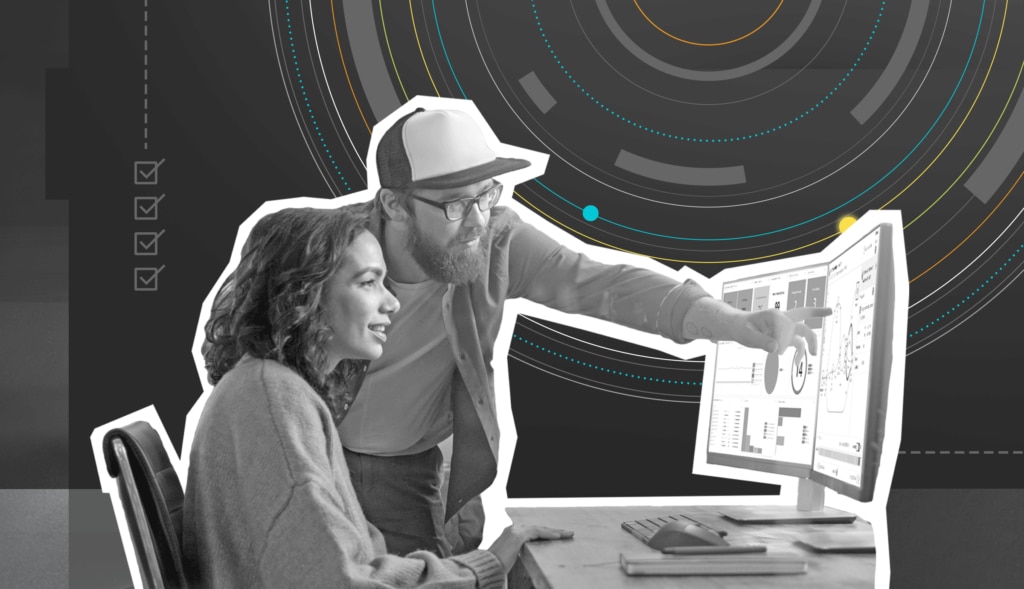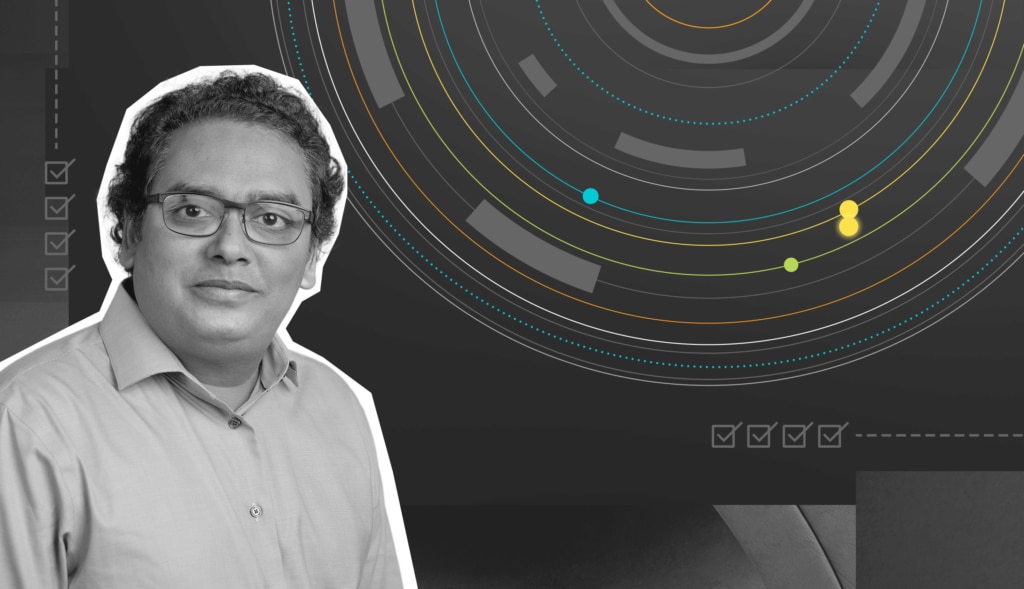Why Should Healthcare Bother With IT?
Healthcare has always been people-centric—so should IT even be a consideration when the real issue is people?
Before the pandemic, healthcare was already experiencing staffing shortages. The patient population was getting older and needing more care. Many healthcare professionals were also heading towards retirement. Unhealthy lifestyles were spreading, and the level of education required to enter healthcare professions was rising. Demand exceeded supply.
But healthcare was still fundamentally about people—those in need of healing and those providing treatment. As recently as six years ago, IT was seen to offer only modest benefits to healthcare—or, as the Harvard Business Review noted:
"By 2016, more than 50% of office-based physicians and over 80% of hospitals had installed a "basic" EHR [Electronic Health Record]
system—one that meets minimum standards set forth by the Office of the National Coordinator for Health Information Technology. Yet such systems have had little impact on quality improvement and cost reduction to date.”
[1]
In 2022, the world has changed. While healthcare is still about people—healers, carers, and patients—the IT supporting healthcare has been transformed. Earlier healthcare IT focused on digitizing paper-based records. Today healthcare should unquestionably bother with IT, which has proven a strategic enabler of a transformed healthcare, enabling new treatments to be delivered in new ways.
What Challenges Does Healthcare IT Face?
The pandemic forced dramatic changes in healthcare delivery. In-person primary care shrank to the point of disappearing, while healthcare professionals became used to working and collaborating online. Overall the sector embraced a
significant transformation enabled mainly by IT, including:
Greater Network Reliance – E.g., Telehealth
Telehealth video platforms and apps enabled remote outpatient consultations during the pandemic while minimizing infection risks. As COVID-19 has become normalized, many continue to prefer telehealth consults for the convenience of remote or less mobile patients or for clinician productivity. This trend is forecast to grow—IDC predicts,
"by 2023, 65% of patients will have accessed care through a digital front door as healthcare providers look for better ways to improve access, engagement, and experiences across all services."[2]
As the crisis has passed, compliance for remote systems has had renewed focus. Services providing access to confidential patient data must adhere to relevant privacy regulations, including GDPR and HIPAA.
More Critical Edge IT—E.g., Remote Healthcare Monitoring
Technology has enabled acute care to be delivered at patients' homes, and this ramped up over the last two years to help drive down healthcare-acquired infections. While remote monitoring enables greater medical productivity (In West Hertfordshire Hospitals NHS Trust, remote digital monitoring saves on average 32 minutes per patient per day),
[3] it requires a growing number of digital healthcare devices (remote monitoring, wearables, etc.). These are increasingly being put online as the Internet of Medical Things becomes mainstream. To keep these critical medical devices working correctly, they must be configured, monitored, managed, and maintained at least as carefully as any enterprise IT system. Since each additional device increases the potential attack surface of the healthcare provider, the challenge of
securing healthcare is becoming more significant.
Growing Volumes of Critical Medical Data Which Needs Advanced Analytics
As medical devices become smarter, the volume of data they generate inevitably grows. Big Data analytics and eventually machine learning and artificial intelligence (ML/AI) are expected to enable this data to inform personalized healthcare in the future. This data will need to be monitored and managed to maintain its integrity, which is essential for preventative healthcare.
How Can Healthcare Providers Navigate These Challenges?
Since medical data, networks, applications, and infrastructure are literally a matter of life or death, healthcare providers have a responsibility to help keep them secure. Most providers need an effective security information and event management (‘SIEM’) solution—
SolarWinds® Security Event Manager combines fast deployment with quick-to-find threat detection and is a great option for healthcare networks and data centers.
Keeping
healthcare connected requires powerful network management, able to monitor and analyze network performance, track and automate config management, and more besides. SolarWinds has always been a leader in
Network Management, which it remains to this day, providing powerful and easy-to-use tools to the healthcare sector.
At the same time, constantly increasing the number of tools eventually becomes counter-productive. Operations teams suffering too many alerts are turning to new solutions to simplify monitoring and management. The newest solutions deliver
observability, providing performance insights enabled by machine learning.
SolarWinds® SolarWinds Observability Self-Hosted (formerly known as Hybrid Cloud Observability) is a single automated and intelligent platform that can enable healthcare providers to monitor, manage, and secure medical devices, networks, and applications, at patient homes, outpatient clinics, and hospitals.
Next Steps – Planning to Execution
Each Healthcare provider is starting from a different position, and moving into implementation mode requires a little thought. We’d recommend the following steps to guide your progress:
- Take an inventory check of all systems and tools currently in production
- Work out your ideal target end-states and use cases
- Draft out an execution plan
- Talk to SolarWinds about consolidating and optimizing your monitoring and management at a pace and scale which suits you.
[1] Harvard Business Review magazine (Nov-Dec 2017), “The IT Transformation Health Care Needs”, Nikhil R. Sahni, Robert S. Huckman, Anuraag Chigurupati, and David M. Cutler, https://hbr.org/2017/11/the-it-transformation-health-care-needs retrieved 20 June 2022
[2] Key Healthcare Trends for 2021 and Beyond, Thriving in the Aftermath of COVID-19, Allocato, Adriana; Beasano, Giulia; Giguashvili, Nino; Piai, Silvia, IDC 2021 - https://cdn.idc.com/cms/ccFile/662b36c1de3a3eeaafb2/Key_Healthcare_Trends_2021.pdf retrieved 20 June 2022
[3] Huma: Medopad, evaluation of the remote digital care platform, Report produced by Kent Surrey Sussex Academic Health Science Network and NHSX https://www.nhsx.nhs.uk/covid-19-response/technology-nhs/huma-medopad-evaluation-remote-digital-care-platform/ retrieved 20 June 2022




